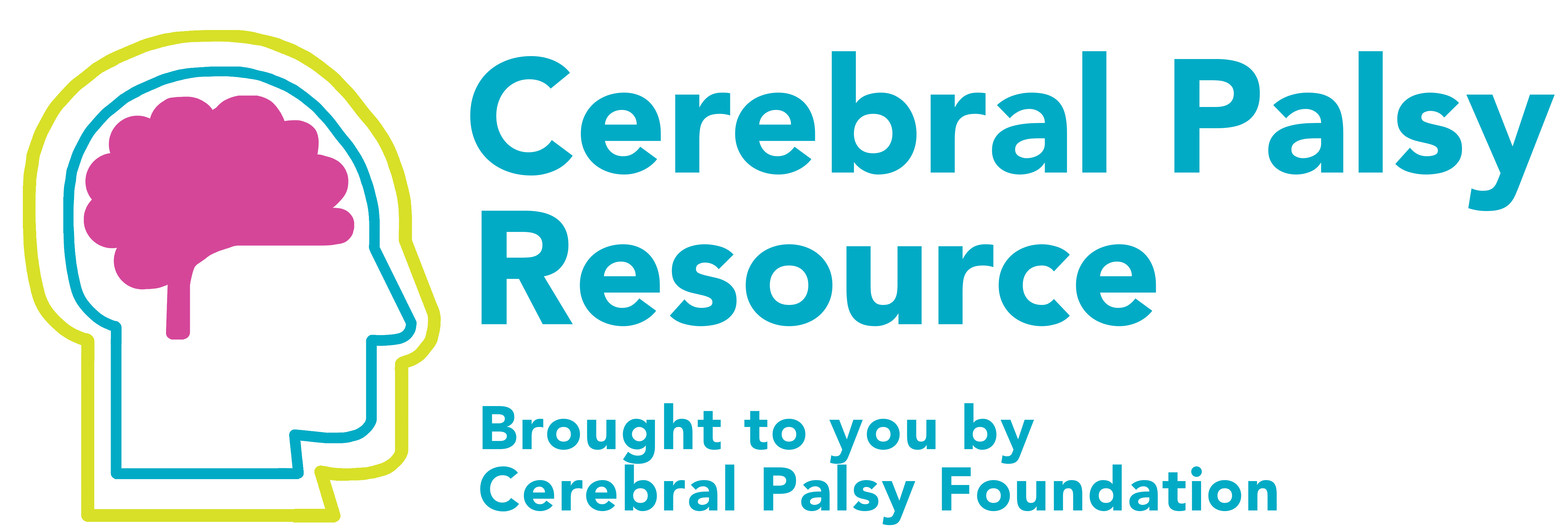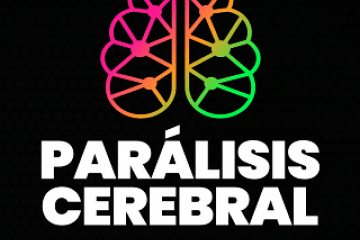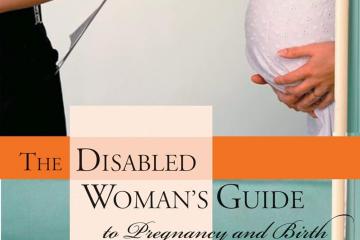Key Facts - Motor Types of Cerebral Palsy
The specific motor types present in CP are determined by the extent, type, and location of the brain injury.
SPASTIC CEREBRAL PALSY
Spastic CP is the most common type. People will experience increased muscle tone and their movements may appear stiff or awkward.
Different parts of the body can be affected:
- Spastic hemiplegia/hemiparesis typically affects
the arm, hand, and leg on one side of the body. - Spastic diplegia/diparesis involves muscle
stiffness that is predominantly in the legs. The arms may
be affected to a lesser extent - Spastic quadriplegia/quadriparesis is the most
severe form of CP. It is caused by widespread damage to
the brain or significant brain malformations.
DYSKINETIC CEREBRAL PALSY
Dyskinetic motor patterns (also includes chorea, athetosis, and dystonia) are characterized by slow and uncontrollable writhing or jerky movements. Different parts of the body can be impacted by different uncontrolled movements. In some people just one body part is impacted while in others, many parts can be impacted including the face, neck, arms, legs, and trunk.
ATAXIC CEREBRAL PALSY
Ataxia affects balance and depth perception. Individuals with ataxia will often have poor coordination and walk unsteadily with a wide-based gait.
MIXED TYPES
Mixed types of CP refer to symptoms that don’t correspond to any single type of CP but are a mix of types. For example, a person with mixed CP may have some muscles that are too tight and others that are too relaxed. We now know that more people have more than one motor type and frequently see both spasticity and dystonia together, among other combinations of movements.






